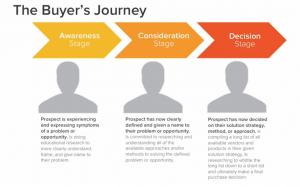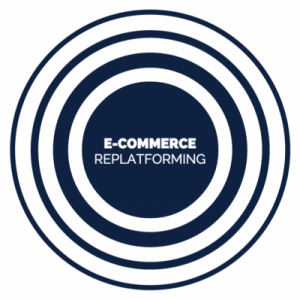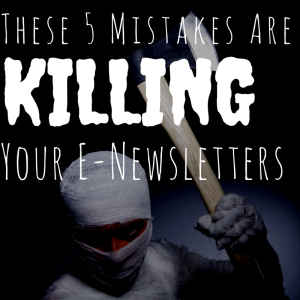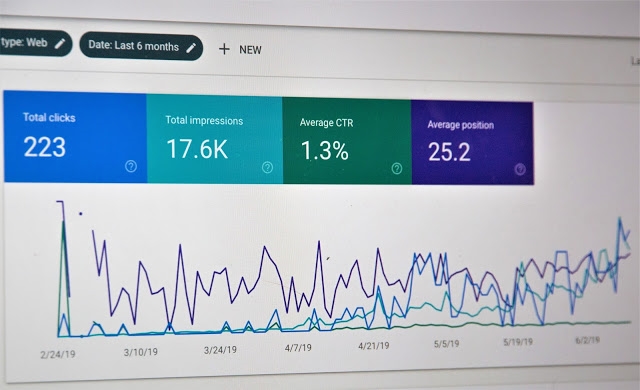
The first place that many people go to search for information about a product, service or brand is an online search. Probably Google.
From the convenience of our computers or mobile phones, we have access to all the information we will need. If a business wants customers to find them online, they must optimise their presence on these search engines so customers find them before their competitors.
There are two ways to do this, SEO and Pay per click ads.
This blog explores how Pay-per-click advertising works and gives recommendations on how a business can optimise their strategy.
What is Pay-Per-Click (PPC) Advertising?
Pay-per-click advertising is a form of digital marketing, originally developed as a method of creating revenue for search engines. Along with organic (non-paid) search results, paid ads make up a second list of results.
Ads appear alongside the organic (non-paid) results on a search engine results page (SERP), companies paying to their links displayed in this sponsored section.
You can think of it like buying visits to your site instead of earning those visits organically through search engine optimisation (SEO). As the name suggests, businesses running the PPC ads are only charged when a user clicks on their ad.
There numerous PPC ads, the most common being search engine advertising, as explained above. Google ads are by far the most popular, Bing coming in a distant second. Google ads are the main subject of this article.
Other types of PPC advertising include display advertising (banner ads) and remarketing where people see an ad because they previously interacted with your company. With display ads, the owner of a webpage allows businesses to advertise on their website.
Also referred to as contextual advertising, keywords in the content of the webpage trigger what ads visitors are shown.
Businesses running ads are in an ongoing competition for popular keywords?—?ads are subjected to an ‘Ad Auction’. Based on competition, advertisers bid on certain keywords for ad placement and the search engine uses algorithmic calculations to determine which ads are displayed and in what order.
As well as the cost-per-click bid (the highest amount an advertiser is willing to spend), the other factor that determines the ad rank is the Quality Score assigned by Google. This will be discussed further later.
“As PPC suggests, advertisers also have to pay for every click they receive via that sponsored link.” (Kritzinger & Weideman, 2013)
The Benefits of PPC
Because businesses are only charged when a potential customer clicks on their ad, it is a pretty effective form of advertising. Imagine how many people would drive past a billboard and see it, but never act. Results can be more objectively measured.
Businesses also benefit by reaching potential customers at a price that fits the budget they set for the campaign.
There are far fewer PPC advertisements on a search result page than the organic results, so businesses better chance of being seen by internet searchers. It is also extremely hard to rank in the first few results organically?—?usually, it is a large investment in SEO over a period, that most businesses do not have the expertise to do themselves.
It is much easier to set up a Google ad and rank?—?if you have the budget for it. Users of PPC ads choose the geographic areas they want their ads to be shown in, so it is a powerful way to focus your advertising to locations you are trying to target.
There are three beneficiaries with PPC ads. First, the website or search engine displaying the ads get paid for the advertising space, the advertiser who attracts customers and the customer who is provided with relevant results for their search query. Keywords ensure the ad should be just as relevant as the organic results.
“Google makes 99% of its profit through the PPC model of Internet advertising.” (Kapoor, Dwivedi, & Piercy, 2016)
Creating a PPC Campaign
First, create logically organized Ad Groups. An ad group has one or more ads sharing similar target audiences?—?it organises ads by theme. Next, research, select and organise closely related keywords into these Ad Groups. Then, ads are created for these ad groups. Each Ad Group should consist of a minimum of two ad variations.
A campaign has one or more ad groups. Ad groups should be as specific as possible, to ensure they are relevant to customers
Campaigns need a start and finish date. Before getting started, work out your daily budget, based on the campaign length. Sometimes it can spill over budget slightly, so allow for around a 10% contingency?—?tell Google your budget is 10% less than it is, just in case.
Each keyword has an average cost per click depending on the competition, so based on your overall budget, calculate how much you to spend on your chosen keyword bids.
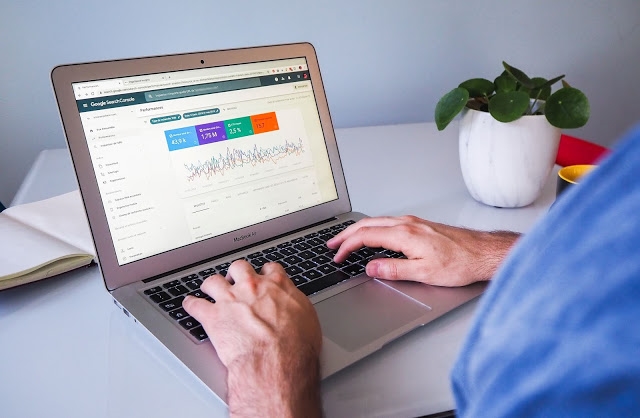
Analysing Your PPC Results
Spend money to test, learn from their results, and then refine your ads to optimise your campaign results. One of the advantages of digital marketing is the amount of data it creates, empowering businesses with information to improve their advertising. Continuously analysing your performance allowing you to make small adjustments at a time to optimize your campaigns.
Test your campaigns and ad groups. This is when you start spending money. Test variations of your keywords, ad copy and landing pages. Dedicate time and money into educating yourself what works best for your business. Start with more than one version of your ad?—?you do not know how it could be improved if you only run one ad. If it does not work, you blow your whole budget.
Learn by analysing the results of your ads. This provides valuable consumer feedback in terms of their behaviour when exposed to your ads. Objective data to improve your ads and gain a better understanding of the best keywords to use and how much to pay for each click.
When we understand our ROI for different keywords, we can find expensive and under-performing keywords which can be removed and those we want to bid higher on to achieve a higher Ad Rank and improve your Quality Score. You can also identify negative keywords that you do not want to trigger your ads.
By checking ‘see search terms’, you can see which terms triggered your ads. It also helps to discover new keywords to add to your existing campaigns.
An impression is when keywords trigger an ad to be shown in the results. Impression share is the percentage of times your ads were shown out of the total number in the market you were targeting.
Other key metrics to monitor are page views per visit, time on site and conversion rate.
Creating a UTM (Urchin Tracking Module) snippet tag for ads to help identify the link in Google Analytics. This allows you to identify what ad campaign was most successful. how visitors came to land on the landing page.
Optimise your ads by refining them to modify what is not working. Make changes to your keyword lists, ads and landing pages to find the formula and user experience that works best for your business.
“…allows advertisers to place bids on specific keywords or phrases and have their advertisements show up alongside the organic search engine results.” (Boughton, 2005)
Optimising Your Ads
To make sure we get the best return on investment from our PPC ads, we must optimise them to get the best result. This section discusses four ways to optimise your ads: Keyword relevance, Google’s quality score and creating more targeted ad copy and landing pages. There are tools available to analyse your ads, such as Wordstream’s free AdWords Performance Grader.
Keyword relevance
PPC campaigns are built around keywords. The Keywords within a search query trigger what results are shown. Therefore, businesses need to figure out what terms their target customers will be searching for.
Create tight keyword groups with a mixture of low-cost, highly relevant keywords and frequently searched terms relevant to your business.
Long-tail keywords should be included; these are more targeted search phrases that contain the more generic keywords (head) with modifiers that make it relevant to a more specific audience. For example, instead of just ‘marketing’, ‘digital marketing strategy in Hamilton’.
Once you learn more about what is working and what is not, you can add Negative Keywords. These are non-converting search terms that you can exclude from your campaigns, to become more targeted by improving campaign relevancy and reducing the wasted budget by focusing on your best-performing keywords.
Google Keyword Planner is a great tool to help with keyword research. It highlights the search volume and cost per click for keywords and suggests relevant terms. Wordstream also provides a free keyword tool to help you find the most relevant keywords to use for your business.
Quality score
The quality and relevance of your keywords, landing pages, and PPC campaigns. better Quality Scores mean more ad clicks at lower costs.
Assigned independently by Google, Quality Score includes:
- The historical clickthrough rate (CTR) measure of how convincing your ad is to your target audience. of the keyword and the matched ad
- The CTR of all the ads and keywords in your account
- Landing page quality
- Keyword relevance to the ads in its ad group
- Keyword relevance to the matched ad and search query
- Account performance in the geographical region where it is shown
Ad Copy
Your ad copy should be relevant to the landing page where you send them. If it is not, this will affect your quality score. To test your ads, run two or three variations per ad campaign to test different titles and descriptions.
To optimise your ads, your headline should not exceed 60 characters, and your description should not exceed 80 characters.
However, Google does prefer longer headlines as this is where information is most likely to be noticed. The most important keywords should also be communicated in your ad copy.
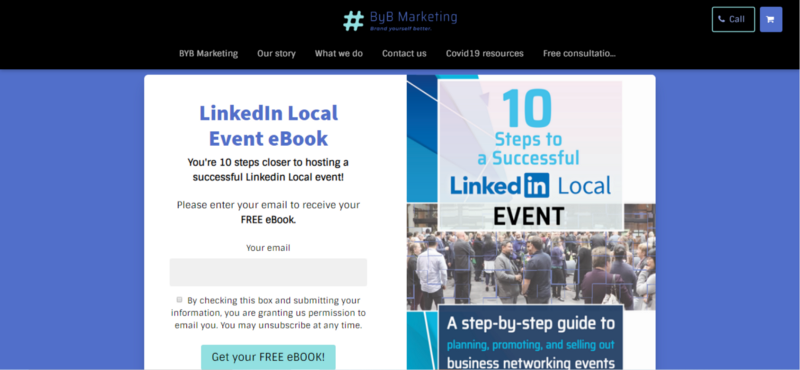
Landing page
The landing page is where a person goes after clicking on an ad. Do not make the mistake of sending every ad directly to your homepage.
Send people directly to a custom landing page matching the ad content, that is optimised to minimise bounce rates and increase conversion rates.
The image above is an example of a landing page to sign up to receive a free eBook. This could be the focus of a PPC ad, to add relevant people to your database.
Content should be specifically tailored to the ad and have clear calls-to-action (CTAs) aligned with the search queries that would have triggered the ad.
Sending people to a general page means it might not be relevant to what they initially searched, and they probably will not be able to find the information they require easily. They are likely to hit the back button or close the window/tab. Users are unlikely to navigate through further pages to find what they need.
In summary, if you want to target strong customer leads and have a good budget to do so, then PPC ads could be a great option for your business. Assuming that you have a website to send them to!
This article has explored PPC advertising and its benefits and given practical tips on how businesses can improve their PPC advertising results.
Thank you for reading, I hope you enjoyed the content.
Digital & Social Articles on Business 2 Community
(41)

